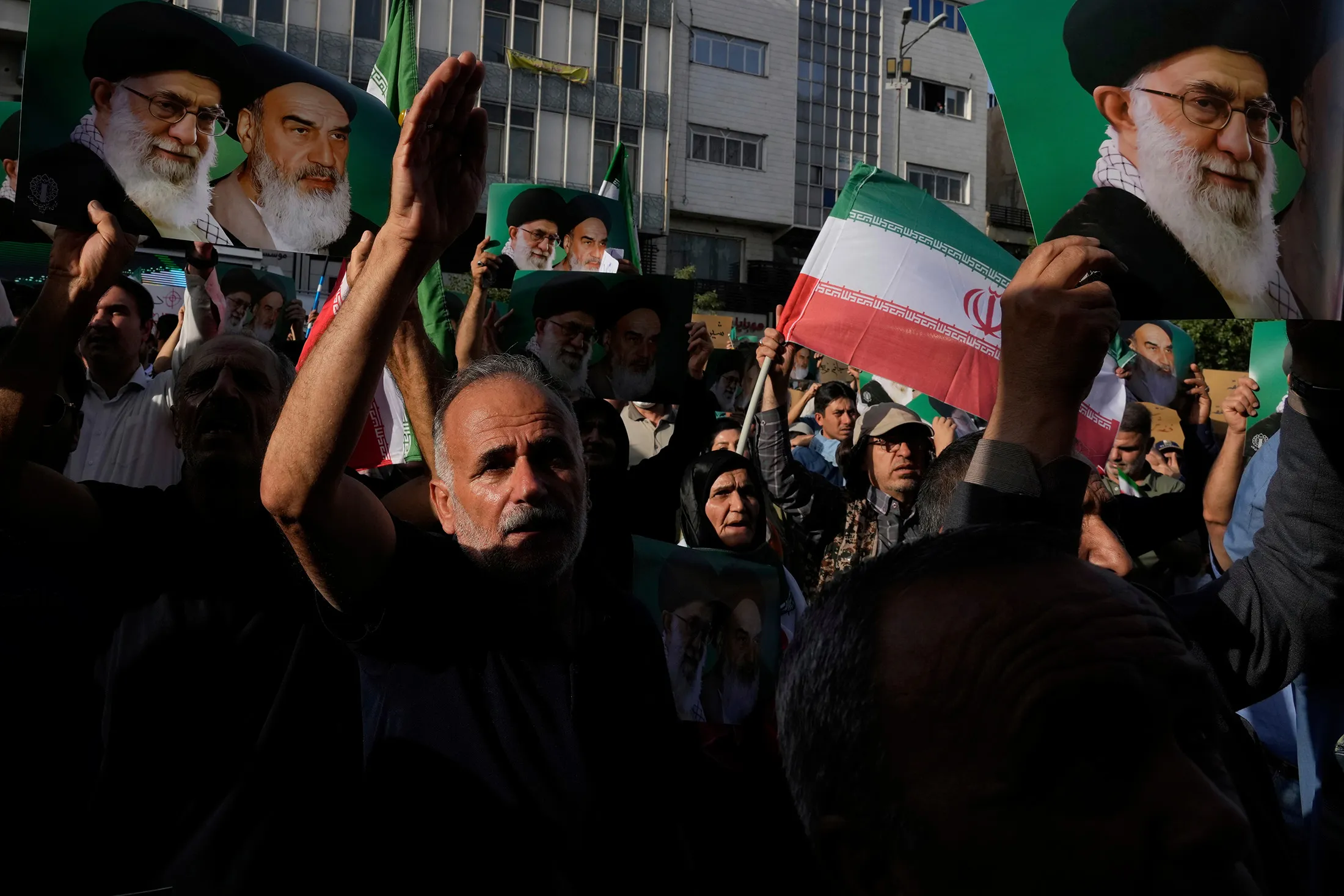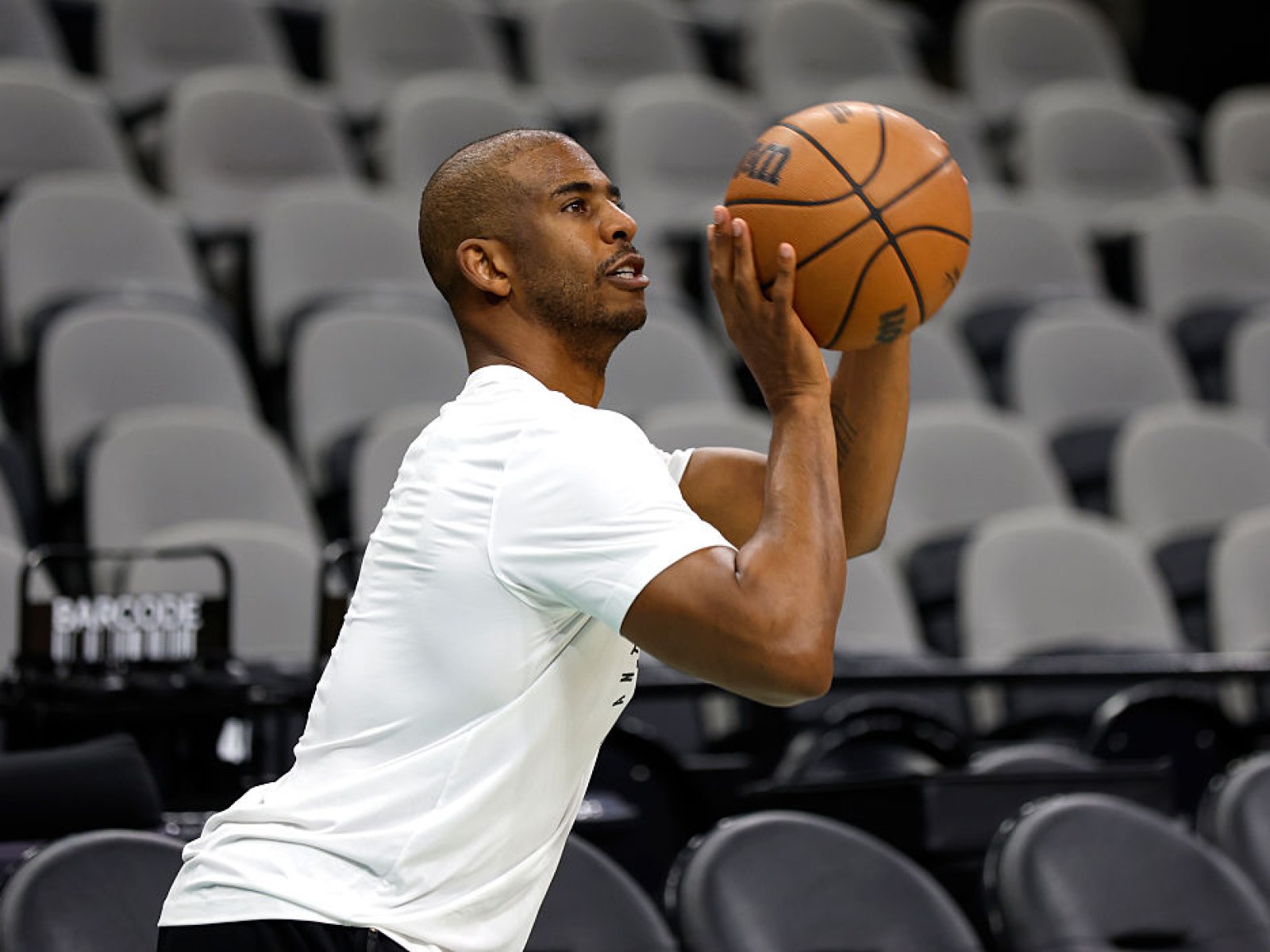Following a weekend of heightened conflict in the Middle East, tensions remain high after the United States joined Israel in launching military strikes against Iran. On Sunday, June 23, American warplanes targeted three key Iranian nuclear facilities—Fordow, Isfahan, and Natanz—marking a significant escalation in the ongoing confrontation between Israel and Iran.
Former President Donald Trump, who ordered the operation, hailed it as a “great success.” According to reports, no U.S. personnel were injured during the midnight raids, which aimed to cripple Iran’s uranium enrichment capabilities and prevent Tehran from advancing its nuclear ambitions. The coordinated attacks came days after Israel initiated its own military campaign on June 13, targeting Iranian nuclear and military infrastructure.
On the same day as the U.S. airstrikes, Israel expanded its military operations, launching a series of strikes on Tehran. Israeli Defense Minister Israel Katz confirmed that the attacks targeted military and government facilities, including a major prison, the security headquarters of Iran’s Revolutionary Guard, and several airports. These actions, he said, were part of an effort to dismantle Iran’s ability to threaten regional stability.
In response to the intensifying conflict, several major U.S. cities—such as New York and Los Angeles—heightened security measures. The U.S. State Department also issued a “worldwide caution” alert, urging American citizens abroad to exercise increased vigilance amid the expanding Israel-Iran war.
Globally, Iran’s close partners—Russia, China, and North Korea—condemned the U.S. strikes. Among them, only Russia went further, labeling the attacks “groundless.” While Iran maintains strong ties with militant groups such as Hezbollah in Lebanon and the Houthis in Yemen, these allies have so far refrained from directly engaging with Israel in the aftermath of the strikes.
As the conflict escalates and the U.S. becomes more deeply involved, the question of Iran’s alliances and their potential roles in the broader regional response remains crucial. Here’s what to know about Iran’s allies and how they may influence the next phase of the conflict.
Who Are Iran’s Allies?
In the aftermath of U.S. strikes on Iran’s nuclear facilities, Vice President JD Vance clarified that the United States is targeting Iran’s nuclear program—not the nation itself. As of June 23, the conflict remains limited to Israel, with U.S. backing, against Iran directly.
While Iran has long-standing relationships with several non-state actors in the Middle East, such as Hezbollah in Lebanon and the Houthis in Yemen, its strategic alignment with major global powers is also drawing attention.
In recent years, Western analysts and officials have referred to a growing axis of cooperation among four nations: China, Russia, Iran, and North Korea. This emerging alignment is often abbreviated as “CRINK”—a term coined in 2023 and cited by outlets including Politico and The Wall Street Journal. Though not a formal alliance, this grouping signals a shared opposition to U.S. global influence and increased collaboration on military, political, and technological fronts.
As tensions rise in the Middle East, the spotlight now turns to how these partnerships could shape the broader geopolitical response—and whether Iran’s allies will escalate or contain the crisis.



